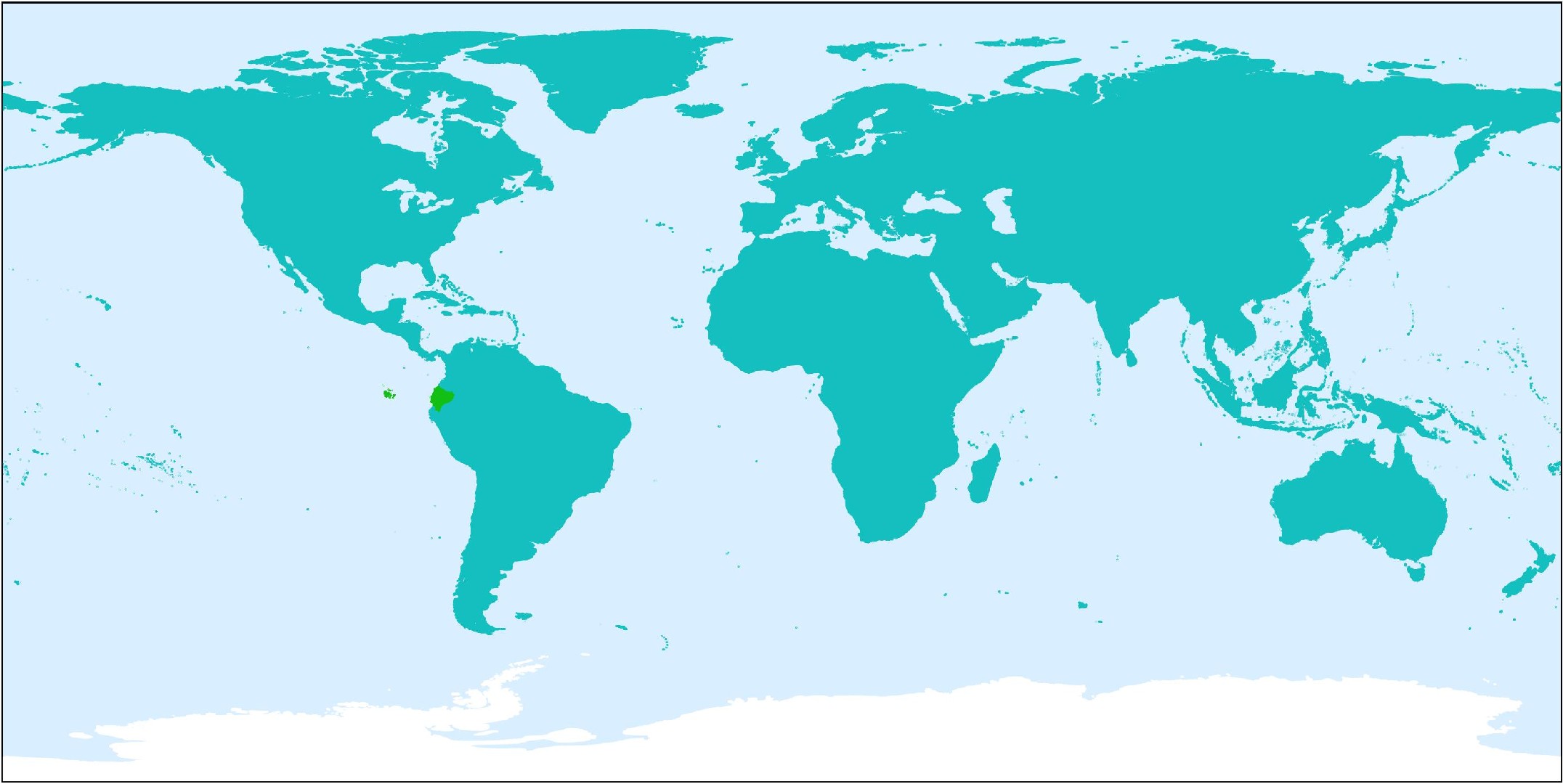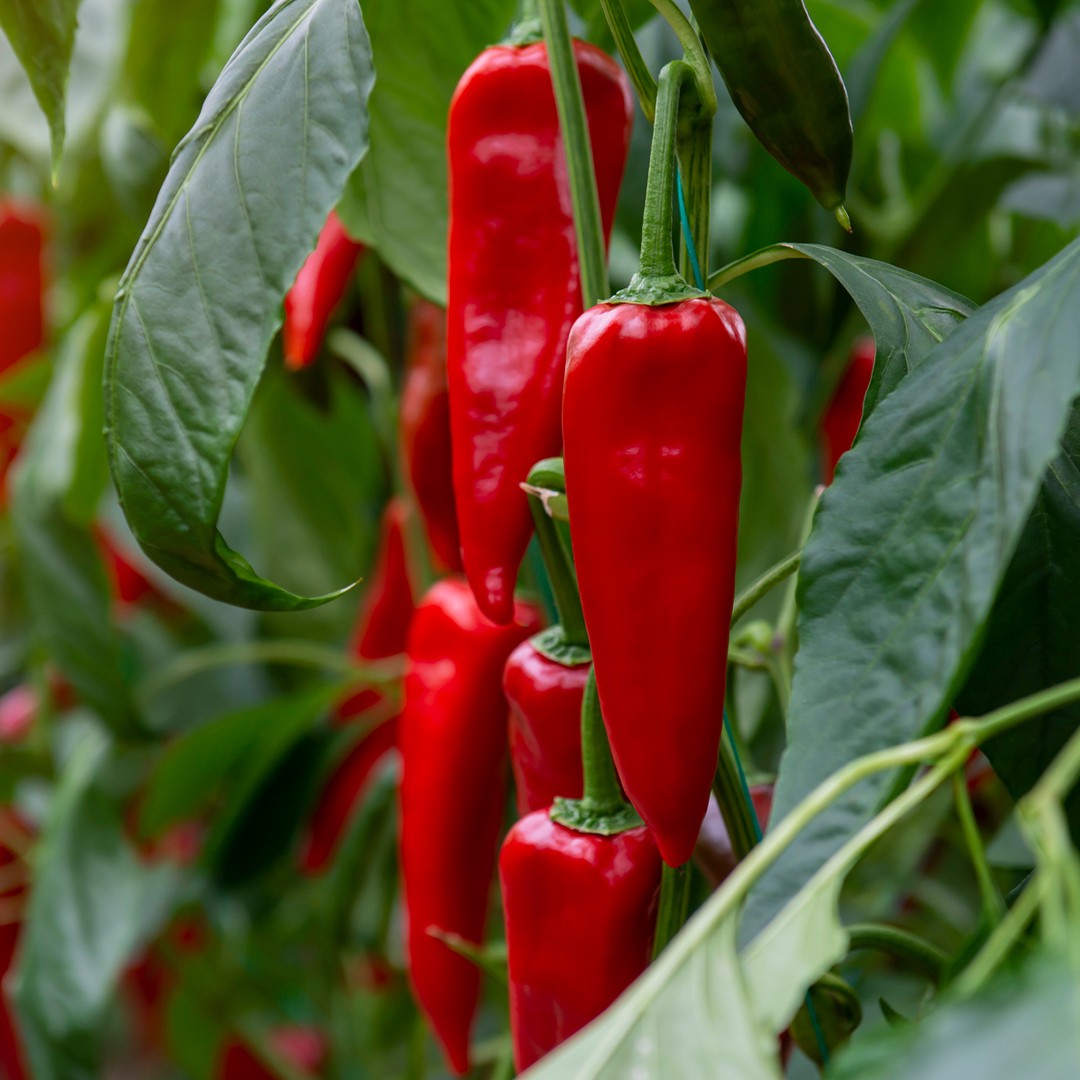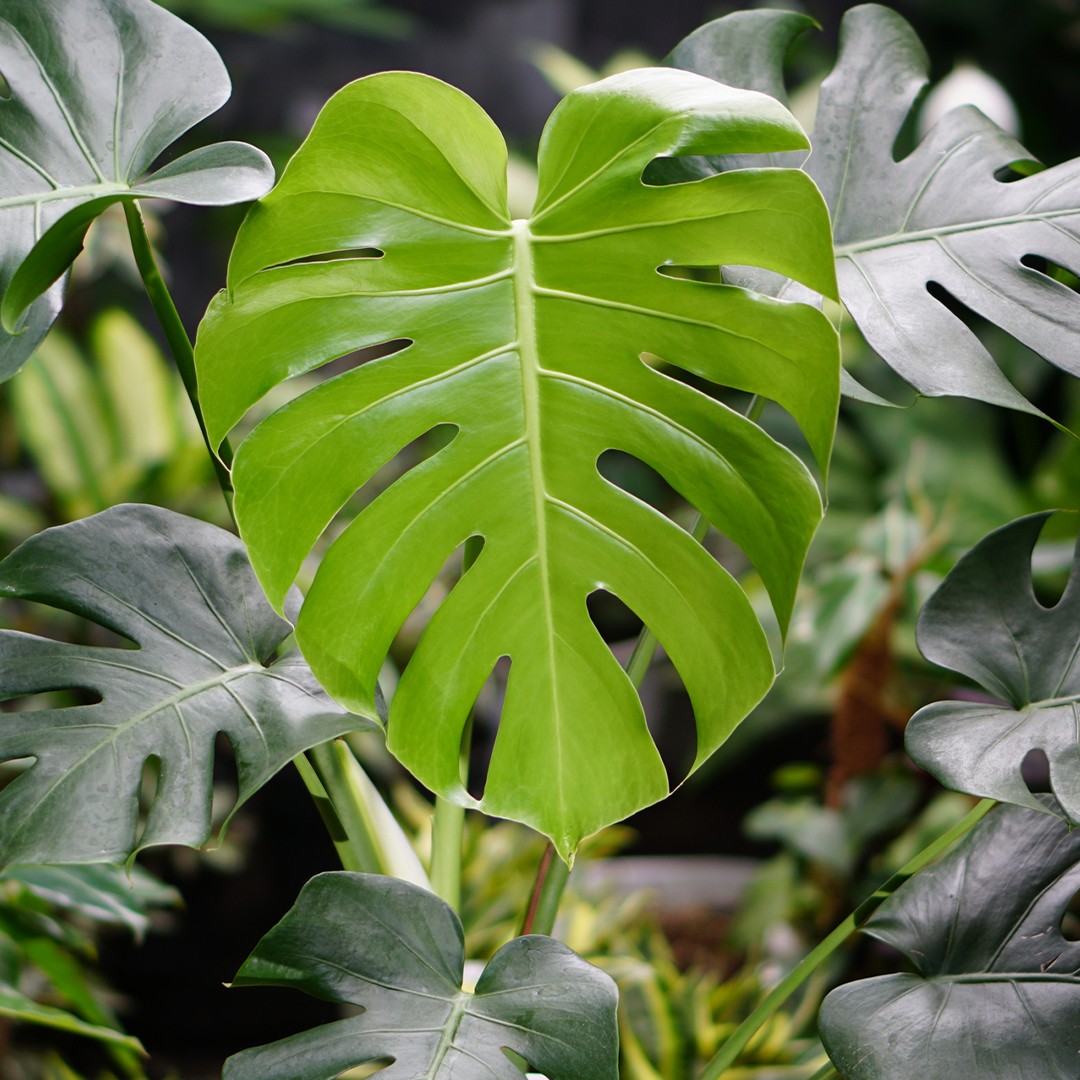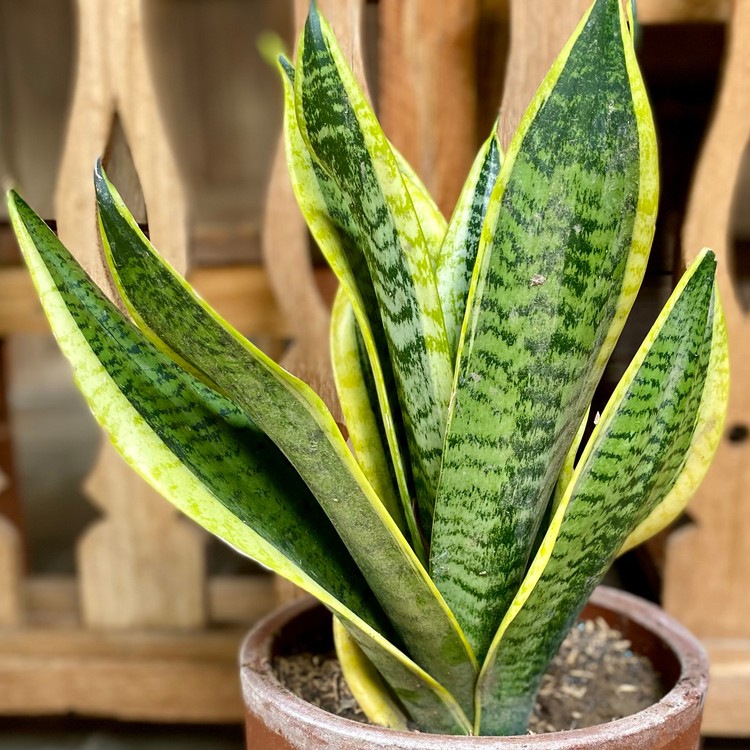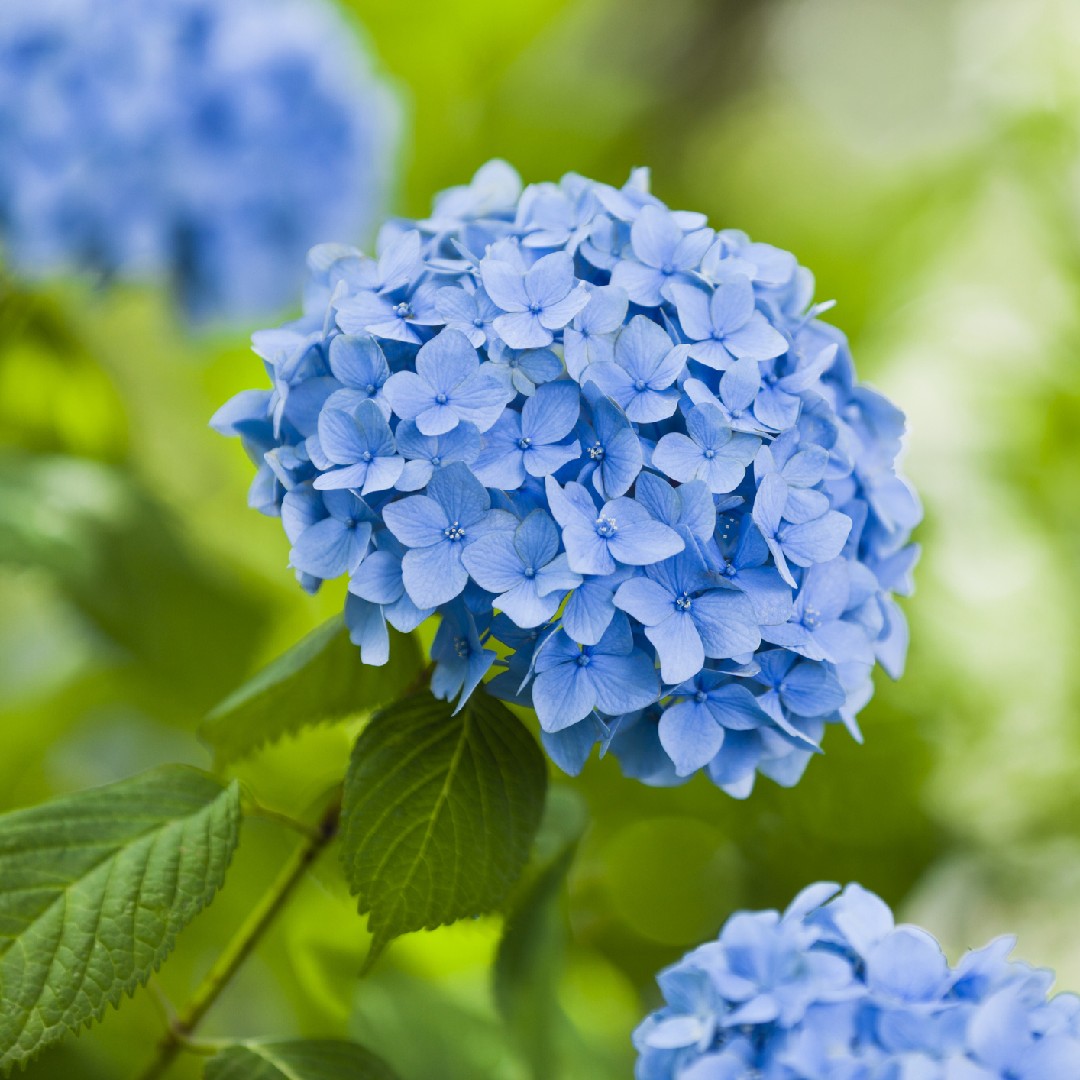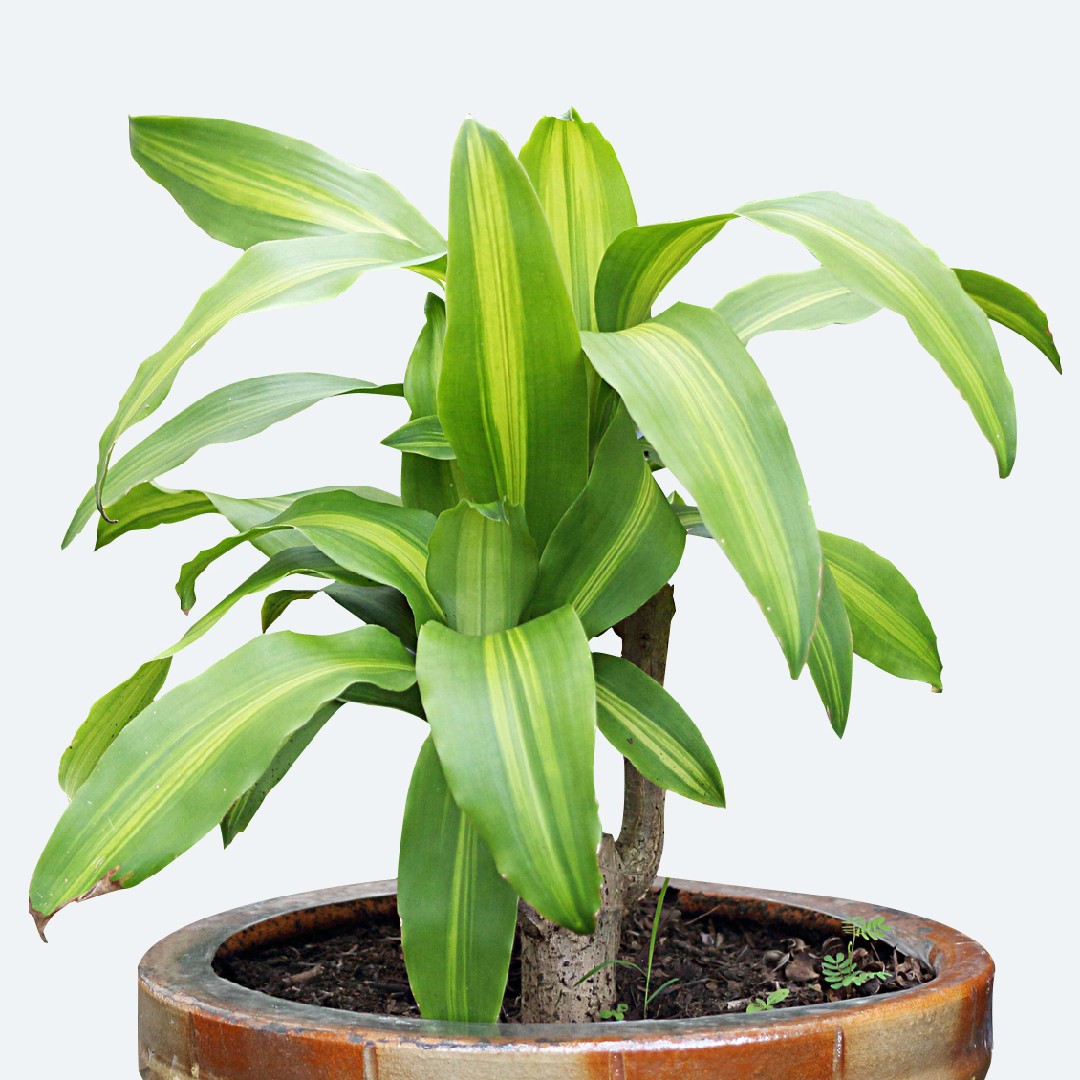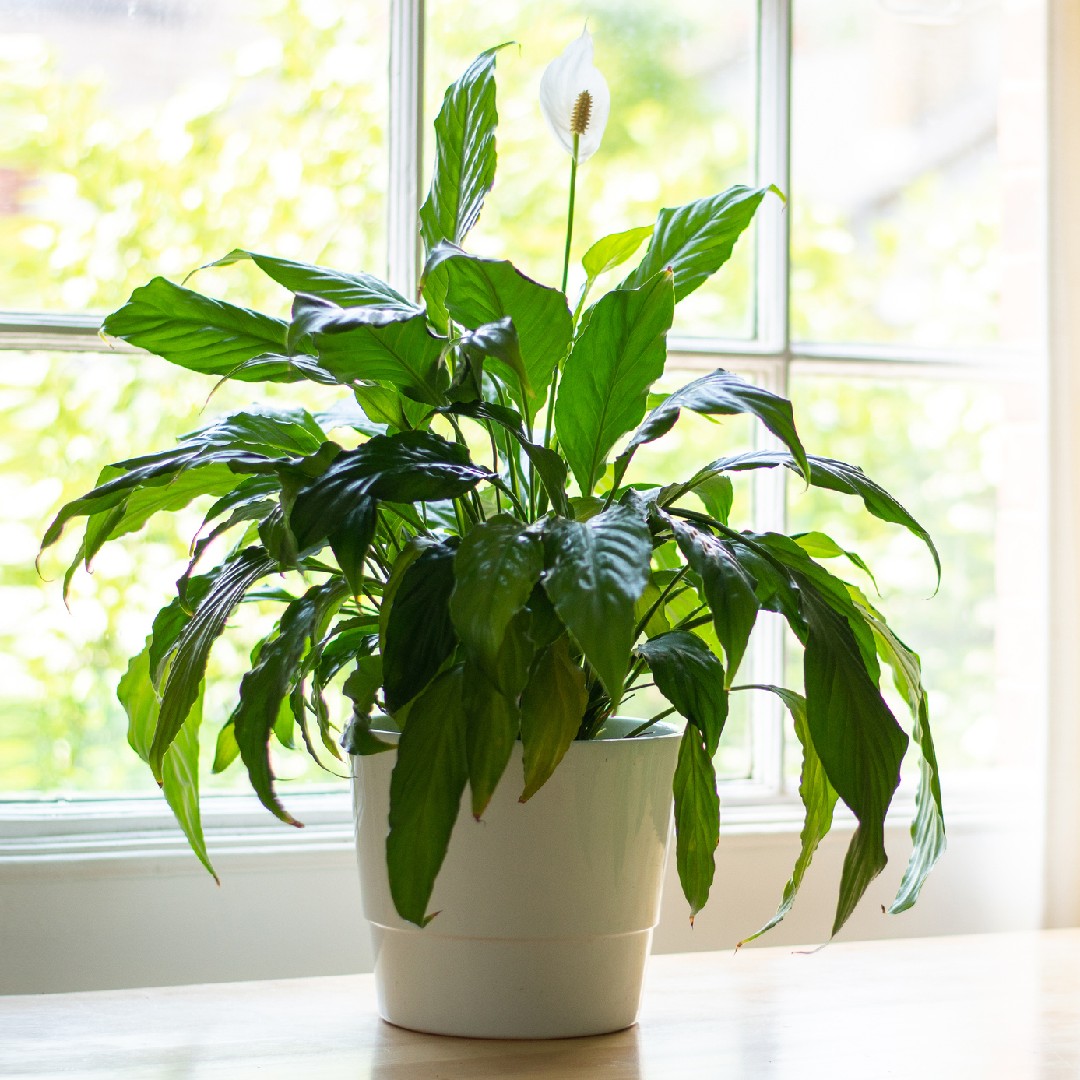What is the best way to water my Eggers palm?
When you keep your Eggers palm indoors, the best way to water this plant is to apply water directly to the top layer of soil in the container. The water you use should be rainwater or distilled water and should be at or around room temperature. The best way to tell if your Eggers palm needs water is to poke your finger into the soil. If you notice that the first few inches of soil are dry, you should add enough water to moisten those layers and cause excess water to drain through the bottom of your plant’s container. When in doubt, it is always safer to underwater your Eggers palm, as overwatering is far more likely to cause fatal complications such as root rot. When growing the Eggers palm outdoors, the rainfall alone may provide all the water it needs. However, if you receive rain less than once per week during the growing season, you will likely need to provide some supplemental water to the soil as well. Again, rainwater or distilled water will work best for this plant whether it grows indoors or outdoors.
![more]()
What should I do if I water Eggers palm too much/too little?
Some signs that the plants are not getting enough water are the brown tips on the plant. Due to lack of water, the leaves become wilted and drooping, appearing lifeless at the very beginning. The leaves can become brown, crispy, and start to dry out if the water shortage is severe. When this happens, water as soon as possible. Another thing about overwatering is that if this happens, then root rot can begin to set in. You need to remove all the damaged roots from the soil, especially if they appear mushy, fragile, and black. To help with these issues, it's important to cut off a larger part of the root. Overwatering can also leave the leaves looking brown and ready to fall off. This can happen very early, so you should drain the excess water and wait for the soil to dry before watering to help the plant recover. Throw away the soil from the pot if there are signs of root rot. Clean everything thoroughly and make sure to put in the pebbles so it will help with proper drainage. Discard any excess water at the base of the pot if you notice tan rings or reddish-brown spots on the leaves. Check the plant's environment and make sure it is in a well-ventilated location so that the soil dries faster to prevent it from rotting again later.
![more]()
What should I do if I water my Eggers palm too much or too little?
Overwatering is the main issue to look out for when watering the Eggers palm, and there are several sure signs that will indicate when this problem has arrived. The Eggers palm that receives too much water will begin to develop brown, drooping leaves. The stems of the plant may also become mush and could produce a foul odor. Overwatering also leads to the common issue of root rot which can be fatal when unchecked. If you catch overwatering early enough, you may be able to resolve the issue by simply reducing your watering rate or by adding sand to the container to help improve soil drainage. In more severe overwatering cases, you will need to remove your Eggers palm from its container, remove any rotten roots, and repot it in a new container. You should use a similar method if you grow your Eggers palm outdoors and find that it is consistently receiving too much water. Again, soil drainage may be the cause, which is why you should consider transplanting your Eggers palm to a different outdoor growing location, preferably one with looser soils. Underwatered Eggers palm will exhibit drooping leaves as well, but they are more likely to be yellow than brown. You’ll also notice slower growth in the Eggers palm that does not receive enough water. If you see such signs, you’ll need to increase the frequency with which you water your Eggers palm.
![more]()
How often should I water my Eggers palm?
Typically, you will need to water your Eggers palm about once per week during the growing season, which takes place throughout spring, summer, and early fall. The specific conditions of your growing environment may alter the rate at which the soil in your plant’s container dries out. As such, it helps to know how to monitor the soil for moisture to determine the watering frequency, rather than relying on a strict once-per-week rule. At times, this can mean you may need to water multiple times per week or water about once every ten days during the growing season. The same guidelines apply when you grow the Eggers palm outdoors. The only difference is that rainfall could affect your watering frequency. For example, if you receive about an inch or rainfall during the week, you should not add additional water as this could cause overwatering. You’ll also need to reduce your watering frequency during the winter when this plant is not putting forth as much active growth. In winter, you should allow the soil to dry out a bit more between waterings. Often this means watering your Eggers palm about once every other week or once every three to four weeks.
![more]()
How should I water my Eggers palm differently if I grow it indoors?
Since most gardeners grow Eggers palm indoors, they must be well prepared to alter their indoor growing environment to meet the needs of Eggers palm. The main issue with an indoor location is that it is likely not as humid as the Eggers palm would like. The quickest remedy for this is to run a humidifier in the room where your Eggers palm grows. You can also place this plant in your bathroom, a room that tends to be more humid than others, so long as there is enough light that reaches it. You should also monitor the effect of air conditioners and heating units in your indoor growing location, as those elements can cause the soil in the container of your Eggers palm to dry out more quickly, which will lead you to water it more often than you normally would. If you want to grow your Eggers palm outdoors, you should first ensure that you region provides the warmth and humidity that your Eggers palm needs. You should also be prepared to anticipate the natural rainfall, as weekly rain can be enough for your Eggers palm to survive.
![more]()
What should I consider when watering my Eggers palm in different seasons and growth periods?
The rate at which you supply water for your Eggers palm will change depending on the current season. During spring and summer, when this plant is in its most active growth stage, you should plan to give it water about once per week, altering that rate slightly in the case of extreme heat. During the late fall and winter, the growth of your Eggers palm will slow, which means it will need less water. In winter, you can give this plant water about once every two weeks or less. For outdoor plants, you probably won't need to water at all during the late fall and winter, as any natural rainfall will likely meet the lower water needs of your Eggers palm during this time. The Eggers palm typically does not offer a large display of flowers or fruits, and it also tends to maintain the same moderate to slow growth rate throughout its life, which means that its watering needs will remain relatively the same regardless of the plant’s age.
![more]()
How can I prune my Eggers palm?
Pruning your Eggers palm is a fairly simple process. First, you will need a reliable set of hand pruners or hedge trimmers. You may use a clean pair of sharp scissors if you don’t have pruners or garden shears on hand. It’s important to always clean your gardening tools before and after using them to prevent the possibility of spreading disease or infection to other plants. To prune your Eggers palm simply allow your plant to go dormant over the Winter. Some time between late winter and early spring – or when new growth starts to appear – take your clean pruners or trimmers and cut away any dying, damaged, yellow or declining foliage. Repeat this process until you reach the base of the plant or until there are no dead pieces left to cut. When pruning, be careful not to damage the new growth that may be emerging near the base of your plant. These parts cannot be restored and pruning can increase the ventilation of the plants and facilitate their growth. Any pruning that is done to this plant should be cut straight across the blades or stems. No angled cuts are required. Diseased leaf blade foliage can be removed as it appears. This could be done anytime when your Eggers palm is growing.
![more]()
What should I do after pruning my Eggers palm?
Once you’ve pruned your plant, you should dispose of the stems and leaves either by composting the healthy ones or throwing out the diseased parts. You can also fertilize just before or after pruning, which gives Eggers palm a little vitamin boost that can provide it the nutrients needed to better protect itself from any nearby pathogens or diseases. Do not water the Eggers palm immediately after pruning as this can lead to fungal infestation of the plants through the wounds. You don’t need much after care when you’re done pruning. It might benefit from light watering and some liquid plant food to encourage new growth.
![more]()
How can I prune my Eggers palm during different seasons?
Early spring and late winter are the best times to prune your Eggers palm on a large scale. If you want to control the size of your Eggers palm, you can prune them as you wish, but be careful not to prune more than a third of the size of the plant. Yellow and diseased leaves may appear during the summer months when the Eggers palm is growing vigorously and these types of leaves need to be pruned back immediately. These parts of the Eggers palm cannot be restored and pruning increases the ventilation of the plant and facilitates its growth.
![more]()
When should I prune my Eggers palm through different stages of growth?
Strategic pruning is usually done at different times of the year or during certain stages of growth depending on the plant. However, knowing when to prune your Eggers palm depends on where you live and how established your plant is. For example, if your Eggers palm is a new resident, it’s a good idea to wait until the plant starts to grow back before you start pruning. On the other hand, if your plant is already established, you will want to prune the dry or dead parts in plant before new leafy growth appears in early spring or late winter. This is the time of year when plants are dormant and pruning causes the least damage to them. This is also the best time of year to do more extensive pruning. It’s important to note that if Eggers palm is pruned too late in the season, it can leave new growth at risk for damage or disease. However, if your Eggers palm is indoors this is not a problem and you can prune at any time. Since this can affect the long-term health and appearance of your plant, it’s important to keep this in mind when deciding when and how to prune. As your Eggers palm grows larger over time, you can trim it as needed after annual pruning. Dead, damaged, or diseased leaf blade foliage can be removed as it appears. This could be done anytime when your Eggers palm is growing.
![more]()
How many hours of sunlight does Eggers palm need to grow?
Eggers palm requires about 3-6 hours of direct sunlight each day to thrive. However, it also needs some shade during the hottest parts of the day to prevent sun damage. Morning sunlight is ideal for Eggers palm, but it can also tolerate some afternoon sun if the temperature is not too hot. To provide the perfect balance of sunlight, try planting Eggers palm in an area that gets partial sun, such as under a tree or on the east side of a building.
![more]()
What will happen if Eggers palm doesn’t get enough sunlight?
If Eggers palm is exposed to too much direct sunlight, its leaves may turn yellow, dry out, or even burn. You may also notice that the plant wilts or becomes stunted. To prevent sun damage, make sure to give Eggers palm some shade during the hottest parts of the day. You can use a shade cloth or plant Eggers palm near taller plants that can provide some natural shade.
![more]()
What will happen if Eggers palm gets too much sunlight?
If Eggers palm doesn't get enough sunlight, it may grow tall and lanky, with sparse foliage. The leaves may also turn yellow or pale green, indicating that the plant is not producing enough chlorophyll due to lack of sunlight. To remedy this, try moving Eggers palm to a sunnier spot, or prune nearby foliage to allow more light to reach the plant.
![more]()

